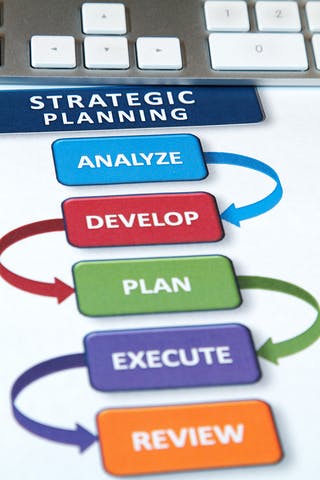More than half of leaders will fail. Some research, like a 2010 study by psychologists Joyce and Robert Hogan and Rob Kaiser, puts the base rate of failed leaders as high as 75 percent.
Yes, 75 percent – let that sink in.
With all of those failed supervisors, middle managers, and CEOs out there missing objectives, killing employee moral and decimating customer satisfaction levels, it’s no wonder our economy has been slow to recover. What’s more, there are overwhelming odds that, at some point, you’ll end up working for one of these jerks.
A leader is just someone others will follow
Leadership is one of the most written-about subjects in business, academic, and popular media, yet most organizations are clearly still unsure how to identify good leaders and, more importantly, how to prevent bad ones. Why? Part of the problem is that leadership is poorly defined.
In most organizations, leadership is a quality bestowed on an individual by virtue of his or her title – being a leader is as simple as being in charge. That seems right, but take a moment to think about how people typically advance in the large corporations of the world.
In the best cases, people get promoted based on their demonstrating mastery of their current role. More commonly, people get to the top by betraying their peers and subordinates, appeasing their supervisors, and navigating organizational politics.
At best, organizations gain a mediocre leader at the cost of an excellent individual contributor (research shows that most high performers would struggle at the next organizational level). At worst, they end up with a psychopath on the fast track to the C-suite.
A simpler, and more useful, definition of a leader is someone others are willing to follow.
6 essential leadership qualities
For millions of years, humans lived in egalitarian hunter-gatherer societies, and there was constant warfare between them. Leadership probably evolved as a mechanism that allowed normally selfish individuals to pull together for a common purpose – to compete with neighboring groups to defend territory and resources.
The groups that won proliferated; the groups that lost were eliminated from the gene pool. Therefore, a good leader is someone who is able to form and maintain a team that can outperform the competition (if you’re reading this, it means that your ancient ancestors either were or had pretty good leaders).
Using this definition, we can identify six essential characteristics individuals look for in leaders:
- Integrity — People need to know that the person in charge won’t take advantage of his or her position – that they won’t lie, steal, play favorites, and betray subordinates.
- Judgment — Most failure is the result of bad decisions that are compounded by an unwillingness to evaluate and change direction.
- Competence — Subordinates see leaders who lack business acumen as empty suits and are unwilling to follow them.
- Vision — Good leaders explain to their teams the significance of their missions and how it fits into the larger scheme of things. By adopting a vision, people can transcend their selfish interests and develop impersonal ends for their actions.
- Persistence — History’s most recent example of a great leader, Nelson Mandela, spent more than 27 years in prison and emerged on the other side more determined than ever.
- Humility — The primary function of a leader is to persuade groups of inherently selfish humans to set aside their personal agendas and work toward a common goal. Followers expect to see that sacrifice reciprocated.
People must honestly assess their leaders
These six characteristics aren’t anything new. Millennia of human evolution have programmed us to look for and identify these qualities in our leaders, and we are naturally drawn to individuals who consistently display them and naturally resistant to individuals who display their opposites.
Good leaders will have teams with high performance, high engagement, and low turnover. Conversely, bad leaders will have teams with higher than average turnover – human beings are pretty resistant to working for a crummy boss.
The problem with this model is that it depends on asking employees to honestly assess their leaders, a step that those leaders are typically unwilling to take. Until leaders are willing to cede power back to their followers, the rate of failed leadership is unlikely to change.
